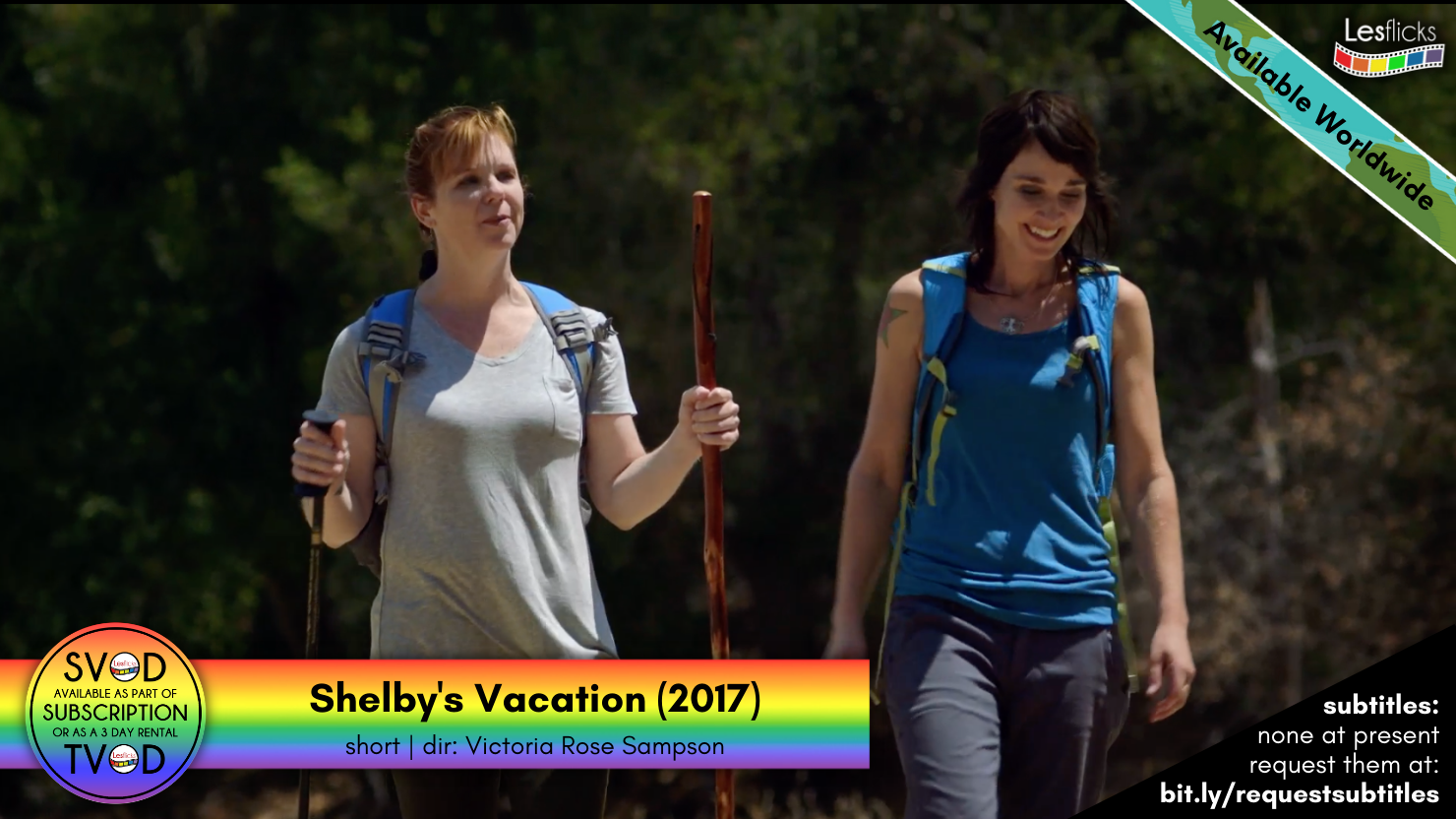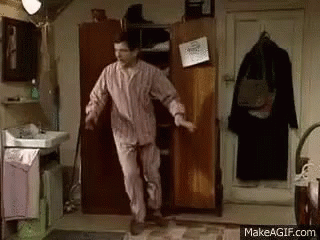I grew up in New York where for years a certain series of films were shown every Sunday at 12:00 PM on WNEW Channel 5. These showings formed a common bond among my northeastern comrades that we share and cherish to this day. It was our affection for the low-budget offerings of a group of middle-aged men who'd once been legitimate actors on Broadway, radio, and in big-budgeted films. They had different names throughout the years: the Dead End Kids, the East Side Kids, and finally, and to me most importantly, the Bowery Boys.
The Bowery Boys films are love 'em or hate 'em affairs. I've heard people recoil at the very mention of the name, while others offer a warm smile, remembering watching the boys on those glorious carefree Sunday afternoons. I saw all the films numerous times, and I eventually got to understand the interesting chronological arc that the films took. In the beginning they were more like the Warner Brothers films. They were little noir films featuring serious plots, threatening gangsters, and a little comedy. I enjoyed these films, but also enjoyed the all-out comedies that the series morphed into. The people responsible for putting these films together were true veterans. William Beaudine was one of their regular directors, as was Ed Bernds, who, along with Elwood Ullman, wrote some of the better episodes. The latter names are more famous for writing and directing several Stooge shorts, and their familiar mark is there and easy to spot to the trained eye (unless it's being poked at the time).
The actual boys were discovered on Broadway in the Sidney Kingsley play Dead End. The original group consisted of Billy Halop, Leo Gorcey, Huntz Hall, Gabriel Dell, Bobby Jordan, and Bernard Punsley. In 1936 Samuel Goldwyn bought the film rights and shuttled the kids west for the celluloid version. He was to regret that decision. Not that the film wasn't a hit, but the boys were a tad unruly. Warner Brothers picked up their contract when Goldwyn gave them the old heave-ho, and in time came to also regret that decision. They went on to appear in several serio-comic films made in the raw Warner style, featuring top stars like James Cagney, Humphrey Bogart, Pat O'Brien, and not so top star, Ronald Reagan. Their off-screen hijinks did not endear them to the Warner family and they were let go in 1939.
Then it gets sketchy. Billy Halop, Gabe Dell, Huntz Hall, and Bernard Punsley went to Universal for a series of B movies for the Little Tough Guys/Dead End Kids films, and one went to MGM. Leo Gorcey actually had a short-lived contract for the studio's B unit. When Bobby Jordan ended up at Monogram Studios as a member of the East Side Kids, he got Gorcey on the Sam Katzman bandwagon, as well. Gorcey then got Huntz Hall and Gabe Dell in on the act, and the rest is history. Gorcey eventually tired of working with Sam Katzman and decided to team up with his agent, Jan Grippo to produce the newly-titled Bowery Boys series himself. It was a very wise move because the films were made fast, cheaply, and they all made money. In fact, at one time Leo was the highest paid actor in Hollywood, by the hour. Huntz Hall was also made a partner a bit later on.
Leo Gorcey was master of the malaprop. Nobody was better at this odd form of comedy than him. They flowed out of him in a natural and charming manner. You never questioned it, or looked down on him for mangling the language. He was who he was. On radio he was a sidekick to Groucho Marx on the Pabst Blue Ribbon Show. He pretty much took over Chico's role with Groucho, and actually garnered many of the show's biggest laughs. For the Bowery Boys he was a stern and strong leader. The cast of supporting players changed fairly often but one could usually see William Benedict as Whitey, David Gorcey (Leo's brother) as Chuck, along with Benny Bartlett, Buddy Gorman, and others in the fairly interchangeable lesser roles of “the Boys.” Even Gabe Dell showed up occasionally, and always with a different profession. Gabe was a reporter, a song plugger, a cop, and various other things during the course of the series. Gabe always seemed to be outside of the gang, though. Even in the East Side Kids series he was often one of the villains. Apparently Gabe wanted more than the few lines the supporting gang members got.
Last, but certainly not least, there was lovable Bernard Gorcey (Leo and David's father) as sweetshop owner and surrogate father, Louie Dumbrowski. He must have stood five feet one in his stocking feet, but as a performer he was a giant. He can be seen in Chaplin's, The Great Dictator in a nice supporting role, and he was even allowed to get a few laughs.
The films were a mixed bag, but most are entertaining at the very least. My favorite is Blues Busters. Sach (Huntz Hall) gets a tonsillectomy and finds himself blessed with a very Bing Crosby-like singing voice. This is just one of the many transformations Sach dealt with during the course of the series. In other films he becomes a super-athlete, develops the ability to see the future, is privy to a magic lamp (with Eric Blore as the Genie, no less), finds strength in different areas of his body for his wrestling career, and due to an electrical shock has the ability to pick winning numbers in Las Vegas. Among the supporting cast in Blues Busters are Craig Stevens, Phyllis Coates, and the one and only Adele Jergens. The supporting casts in most of the films are a wonderful array of people who make you smile: Sheldon Leonard, Tim Ryan, Donald MacBride, Douglas Dumbrille, Ellen Corby, Lloyd Corrigan, and Joan Shawlee are just a few who graced these minor films with their major talents.
Leo, as Slip Mahoney, is the funny straight man, always jumping at the opportunity to capitalize on Sach's odd and sudden gifts. In the earlier films Huntz Hall was quite clearly a supporting player, but as the series developed he was relied upon more and more to deliver the major laughs. Hall always claimed that while at Universal the great Shemp Howard befriended him. He always gave credit to Shemp for helping him find his inner comedian. Hall is a natural and can make me laugh by simply walking into a room. The character Sach is the classic man-child. He's pretty much in his own world and it's only from a blow to the head from Slip's hat that he's reluctantly brought back to reality. Slip Mahoney is the generally kind-hearted, self-important Napoleonic leader of this motley crew. He thinks he's intelligent, which only serves to stress his stupidity even more (Oliver Hardy Syndrome). He's always working for those in need, but because of his lack of real brainpower his good intentions usually blow up in his face (but don't worry, it always comes out nicely in the end).
By the time of Crashing Las Vegas (1955), Leo was in deep mourning for his Dad, who was killed in a car accident that same year. He was inconsolable, and also very drunk. In the film you can see his faraway look, hear his slurred words, and watch his restless bouncing up and down on his heels. He left the series right after shooting wrapped.
Now it was up to Hall to finish out the contracted films. But who could replace Leo Gorcey? For many, Leo was the Bowery Boys. Enter Stanley Clements as "Duke Kovaleski". Sach without Slip? Unthinkable, yet there was this new, dapper straight man appearing out of the blue. Stosh, as he was known to friends, was one of the better child actors of the 1940s, usually playing good-hearted street toughs. His most famous role in this capacity was in Going My Way, where he was paired with a gangly Carl “Alfalfa” Switzer. He eventually grew into adult roles and married everyone's favorite pouty-lipped bad girl, Gloria Grahame. How did Duke mix with the Boys? Well, the shock of Slip's absence is somewhat softened by the abyss-like hole left by Bernard Gorcey's Louie Dumbrowski. Louie was irreplaceable, as can be discerned by the casting of "replacements" Bill Elliot as Mike Clancy, and then Queenie Leonard as Mrs. Kelly, the landlady. Interestingly the weak casting made it fairly easy to accept Duke as the group's leader. The bad news is that Sach had to carry more of the show than he was used to. Huntz Hall used to complain that the films without Leo were turkeys because they had him playing both parts. I disagree, somewhat. His role was padded, of course, but Duke was there to hand out the threats, and even carry them out once in a while. Sach was most of the show, but Duke and the boys held their own in their limited capacity. Clements also added a certain class to the series. He was better dressed than Slip, more intelligent, and he seemed more capable of functioning in the real world, a world that Sach only lived on the fringes of. Were the films as good as the Leo/Slip opuses? Definitely not. But one must also consider that the already threadbare budgets were cut to the bare minimum, and the direction was left to ex-assistant directors like Austin Jewell.
When I mentioned to a friend that I was planning on writing a piece about the Bowery Boys, he recoiled and asked, “But weren't those movies crap?” No, I don't think so. They were entertaining programmers from a simpler time. The fact that they made forty-eight of them in 12 years (forty-eight !!!!!) is testimony to their comic success and an indication that there was a definite audience for them. I recently re-watched all the films in a row and when I got through the final film I was ready for more. The Boys didn't aspire to art. They didn't crave to be taken seriously.
They made funny films, plain and simple. As Slip Mahoney might have said, “The flacks shriek for themselves.”
Nick is a native New Yorker raised on the classics....films that is. He has appeared on Broadway twice (GREASE, THE PRODUCERS), and has been in every form of show business except ballet. He has written and starred in REAL MEN, the Musical off-Broadway...and co-wrote, composed the songs, and the lyrics. He has also co-written the book, THE ANNOTATED ABBOTT AND COSTELLO, and teaches show biz history via Zoom.
G&E In Motion does not necessarily agree with the opinions of our guest bloggers. That would be boring and counterproductive. We have simply found the author’s thoughts to be interesting, intelligent, unique, insightful, and/or important. We may not agree on the words but we surely agree on their right to express them and proudly present this platform as a means to do so.


























































